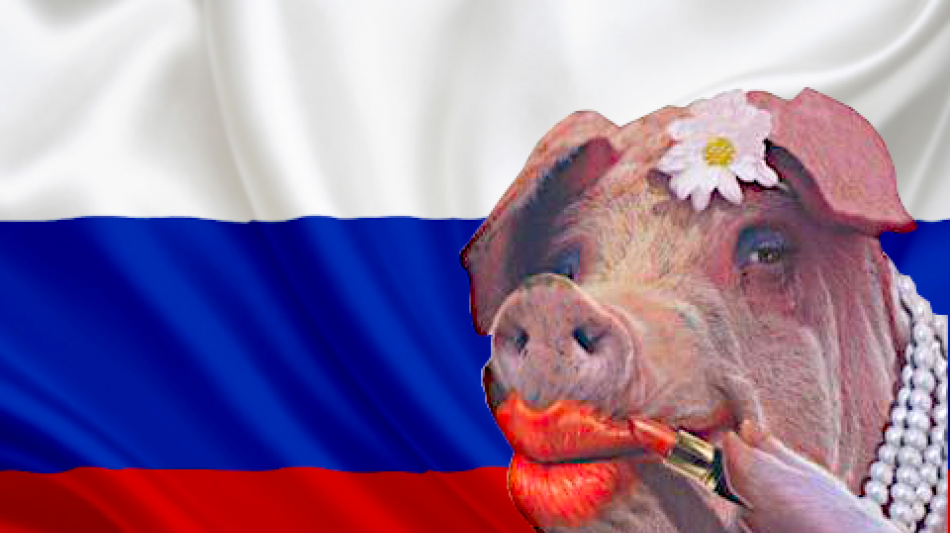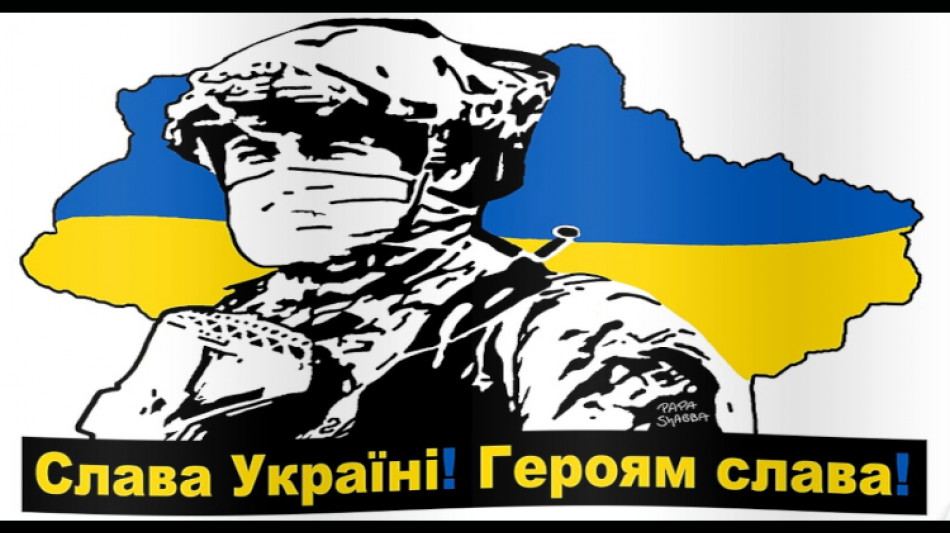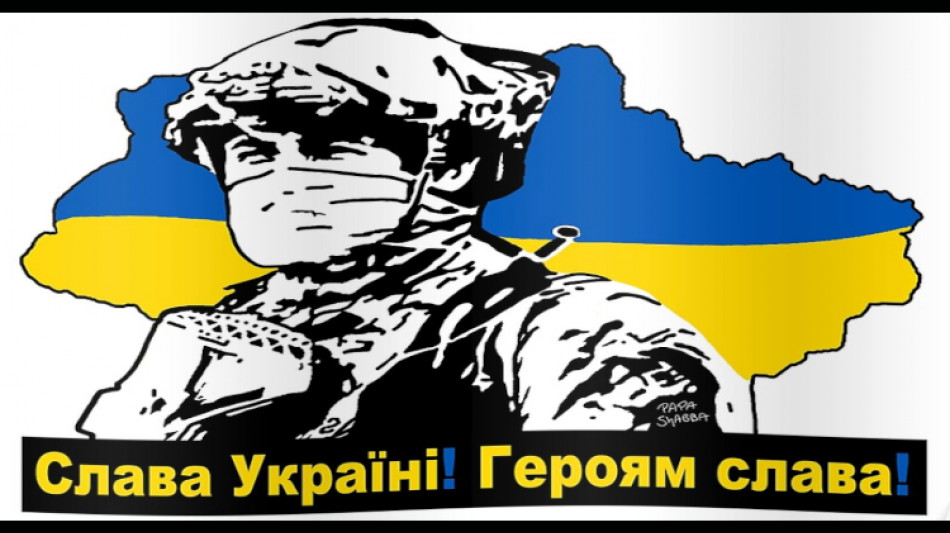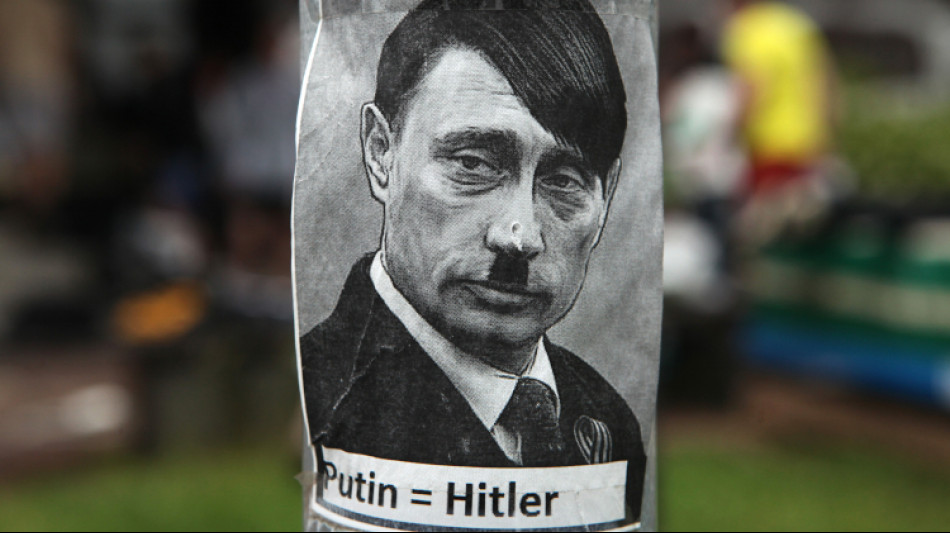RBGPF
0.0000
Adobe’s stock has spent the summer trading roughly 40% below its 52-week high, a striking reversal for a company long treated as a bellwether of the creative economy. The sell-off reflects a convergence of pressures: intensifying AI-driven competition, regulatory scrutiny of subscriptions, controversial pricing changes, and a shifting center of gravity from applications to underlying AI infrastructure. The question hanging over the market is whether Adobe faces a Kodak-style disruption—or is merely navigating a bruising but temporary reset.
The slide behind the headline
As of mid-August, shares remain about 40% beneath last year’s 52-week high, underscoring how swiftly sentiment has flipped from euphoria around generative AI to worries about commoditization. The drop has also been amplified by analyst downgrades that argue value may be migrating from application-layer software to AI infrastructure and platforms.
Competitive shock: AI eats software (and design)
The rise of text-to-image and text-to-video tools has lowered creative barriers for individuals and enterprises alike. Web-first design platforms and AI-native video apps are courting Adobe’s core audience with lower prices, simpler workflows, and collaborative features that feel “good enough” for many use cases. Adobe’s aborted attempt to buy a fast-growing design rival left that competitor independent—and emboldened. Meanwhile, a separate deal created a powerful alternative bundle for creative pros by combining a mass-market design platform with a full professional suite.
Pricing, packaging and customer trust
Adobe is hiking and repackaging parts of Creative Cloud, rebranding “All Apps” to “Creative Cloud Pro” with expanded generative features. For some customers, the shift promises more AI value; for others, it reinforces “subscription fatigue” and raises the risk of churn to cheaper alternatives. Compounding the perception problem, U.S. regulators have sued Adobe over alleged “dark patterns” in subscription cancellations—claims the company denies. Regardless of the legal outcome, the episode has kept pricing and trust squarely in the headlines.
Product reality check: far from standing still
It would be a mistake to equate a falling share price with a failing product engine. Adobe continues to ship at pace: newer Firefly models add higher-fidelity image generation and expanding video features; core apps like Photoshop, Illustrator and Lightroom keep absorbing AI-assisted tooling; and the company is pushing “content credentials” and indemnities aimed at enterprises wary of copyright risk. Under the hood, the financial machine still hums: record quarterly revenue, double-digit growth in its Digital Media segment, and a large recurring-revenue base suggest substantial resilience.
Buybacks vs. disruption
Management has been retiring shares under a multi-year, $25 billion repurchase authorization—classic playbook for signaling confidence and supporting EPS. But buybacks don’t answer the existential question: if AI ultimately turns many creative tasks into commodity services, can Adobe preserve pricing power and premium margins at application level?
Is this really a “Kodak moment”?
Kodak’s mistake wasn’t missing a feature—it was clinging to a cash-cow business model while the medium itself changed. Adobe’s risk rhymes, but is not identical:
- The bear case: If AI creation and editing consolidate into low-cost, browser-based suites and assistants embedded by cloud and OS giants, Adobe’s subscription pricing could face sustained pressure. Regulatory and reputation hits around subscriptions or data use could accelerate defections at the margin.
- The bull case: Creative workflows remain multi-step, brand-sensitive, and quality-obsessed. Enterprises still prize compliance, provenance, and integration across design, marketing, and document ecosystems—areas where Adobe is deeply entrenched. If Firefly and Acrobat AI become indispensable “copilots,” Adobe can monetize AI inside a platform customers already trust.
- Most likely near-term: A grind. Revenue and ARR continue to grow at a healthy clip, but multiples reflect uncertainty about long-run AI economics. Execution on pricing, retention, and enterprise AI value will decide whether this reset becomes a rerating upward—or a slow leak. Enterprise AI adoption of Firefly and Acrobat AI (features used at scale, not just trials). Regulatory outcomes in the U.S. subscription case and any spillover into practices globally.
Partner ecosystem—how deeply Adobe’s AI models integrate with (or get displaced by) hyperscaler stacks. Adobe’s 40% drawdown signals a market repricing of app-layer software in the AI era—not proof of a Kodak-style collapse. The company still has brand, distribution, and cash flow on its side. Whether that’s enough will depend less on dazzling demos and more on something prosaic: making AI raise productivity, reduce friction, and earn its keep for paying customers.











